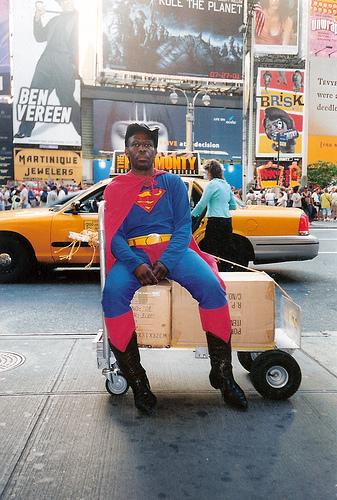Endings That Spark Beginnings
I covered scene beginnings and middles over the last few weeks, so let’s look at endings. Just like beginnings, endings…

I covered scene beginnings and middles over the last few weeks, so let’s look at endings. Just like beginnings, endings…

I went into detail about scene beginnings last week, and I’ll be spending a bit more time on scene structure…

Scenes must have a point to them or they shouldn’t be in your novel. I’ll repeat that. Scenes must have…

We’re looking at scenes right now, and in my last post I talked about creating each scene so that it’s…

While we’re on this multi-monthlong discussion of all the essential elements needed in your first few pages, I want to…

One of the essential elements needed on your first page (and that continues through to the end of your novel)…

One of the essential things you need to do in your first scene is ground your protagonist in her setting….

While we’re pausing a bit in this in-depth look at your first scene to examine how you introduce your protagonist,…

I want to talk a little about the introduction of your protagonist. The opening of your book presents a key…

Subscribe to my email blasts to level up your writing and be notified of upcoming events and offers!
No products in the cart.